I have a small garden at home, which means I have to be creative in how I can maximise the amount of plants I fill that space up with. So if you can’t grow anything horizontally anymore, then only way is up!
Climbers are fantastic solution to this problem, growing your plants up into the unlimited space above your garden. It also means you get to appreciate the flowers at eye level, as well as hide any unsightly sheds or fences in your garden.
Summer flowering climbers come with many different types of flowers and foliage, each offering you something unique for your garden. To help you pick the right one, here are some of my favourites.
Passion Flower
The Passion Flower, or Passiflora, is an exotic flowering plant originally from areas of North and South America. Its name comes from the passion of Christ, and is due the flower’s features resembling imagery of Christ’s crucifixion. However, in other non-Christian countries like Israel and Japan, it is known as the clock flower.
It is a semi-hardy plant that flowers from late spring until autumn depending on temperatures. It likes rich soils in sheltered spots, but doesn’t like hard frosts.
It naturally climbs up structures using tendrils, which wrap around objects. It’s best to prune it in spring, removing any unwanted growth.
Trachelospermum
Trachelospermum or Star Jasmin, is an evergreen climber that originated in China and Asia. Though not related to the actual Jasmin plant, Trachelospermum produces very similar shaped flowers that are also heavily scented. These flowers contrast sharply with its dark green glossy evergreen leaves, making them really stand out.
It doesn’t like cold or damp conditions, so it’s best to be planted next to a sunny wall that is sheltered. It also doesn’t produce any natural supports like suckers or tendrils, so it will need to be initially attached to a wall with wire supports.
Hydrangea
Climbing Hydrangeas are a very easy summer flower climber to get established. Much like ivy, they use augmented roots on their stems to attach themselves to walls. They then produce massive clusters of flowers from June onwards.
Like all hydrangeas they like a lot of moisture, so make sure they are planted in a cool Damp position. They can also tolerate some shade, but too much will hamper how many flowers they then produce.
Sweet Peas
The Sweet Pea, Lathyrus odoratus, is a fast growing annual. If you sow them in February on a window sill or cold frame, you will have plants that will easily cover a trellis or obelisk by the summer. And with so many varieties of colours of Sweet Peas, there is bound to be one that will suit your garden.
Once there is no risk of frost, you should plant out the seedlings in sunny locations in well rich and futile soil. Avoid any soils that are too wet and claggy. You can also pinch out the stems to force it into producing multiple stems. However, if you leave a single stem and pinch any side shoots, you can also produce much larger flowers.
Sweet Peas produce tendrils that allow the plant to cling to other plants and supports, so there is no need to tie them to any frame you are growing them on. The key to growing Sweet Peas is to make sure you dead-head the flowers to ensure it continues to flower all summer.
Honeysuckle
Honeysuckle, or Lonicera, is a classic climber and has been staple of English cottage gardens for generations. Coming in both evergreen and deciduous varieties, these plants naturally attach themselves to supports by twisting their stems around them. It then produces a mass of incredibly bright trumpet-like flowers over the summer.
It can grow in most kinds of soil, however it doesn’t like to grow in extreme soil conditions. Although you get more flowers if it is grown in sunny locations, if you grow it in partial shade you will get a healthier and a more lush plant.
Once established it can be a bit of a thug, climbing over other plants and smothering them, so it’s worth pruning regularly. You can do this in late winter or early spring so you do not lose any flowers.
Climbing Roses
I won’t speak too much about climbing roses, as you are all aware of my passion for roses. I have spoken in length on how to grow them in other articles.
But I will say they are an excellent way to add height to a garden and to hide unsightly objects. You can grow against walls, over pergolas or around obelisks.
Clematis
Often referred to as the ‘Queen of Climbers’, Clematis have been used for countless years to add much needed colour and height to a garden in summer. They are truly my favourite climber, and the very first plant I ever tried to grow myself.
There is a huge of range of plants, coming in many different colours and flower shapes. These fast growing perennials can easily grown up walls or around structures. I have even grown them amongst climbing roses to compliment each other.
There are several types of clematis, each one with a slightly different pruning method. Some prefer a hard prune each year, while others just like a light touch to maintain their size. And yet, nearly all of them like to grow in rich soils and to keep their roots cool. I have often placed slate and stones around the base of clematis when they grow in hot locations to try to keep their roots cool.
Like some other climbers, they naturally produce tendrils that attach the plant to whatever they are climbing against. So once established, there is little need to tie them to any supports.

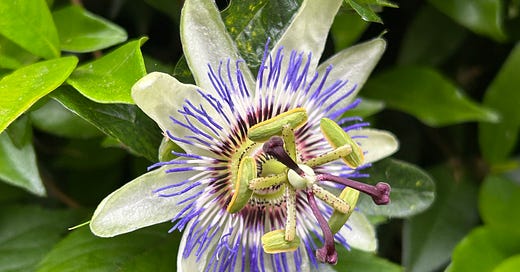



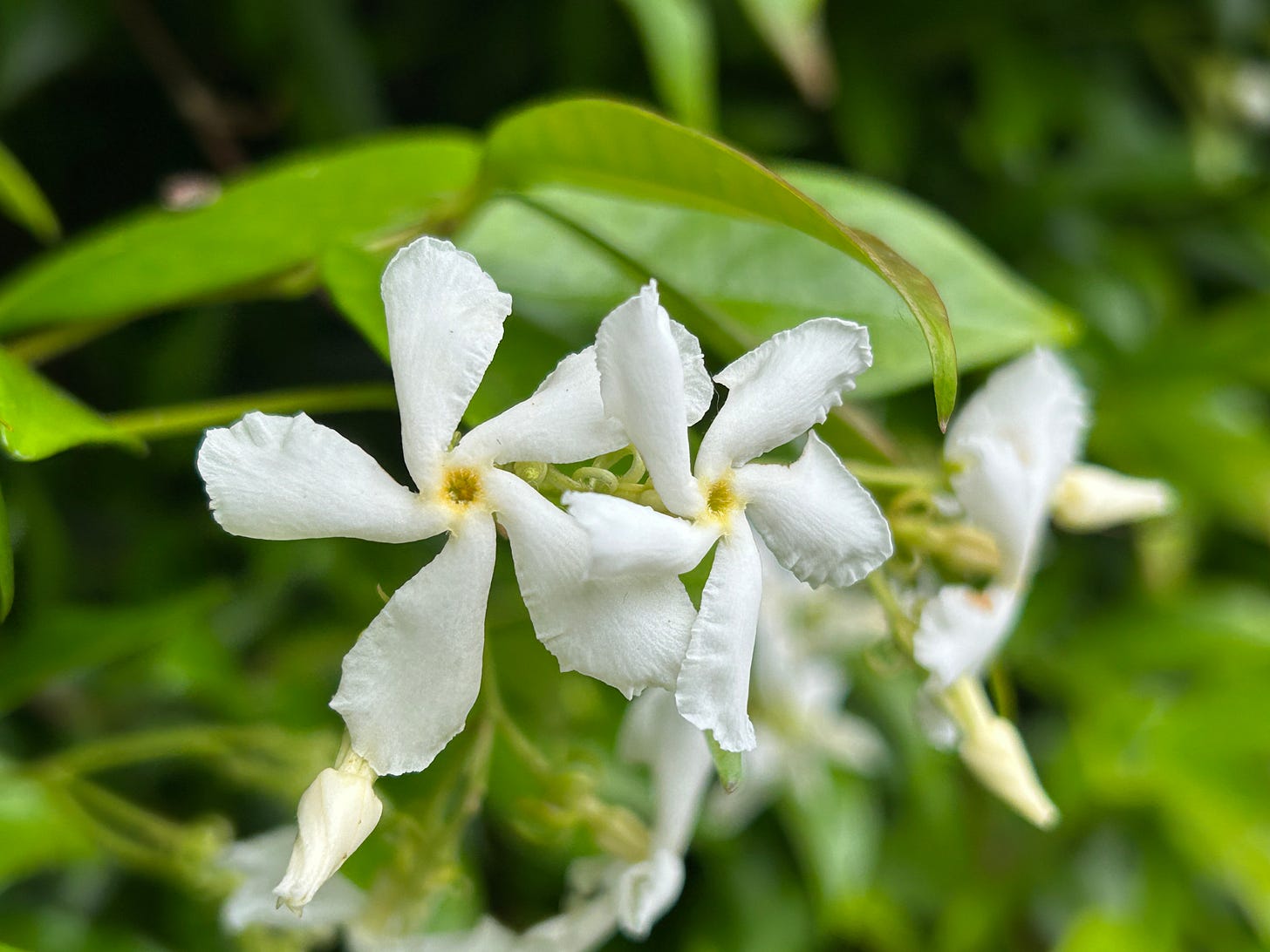
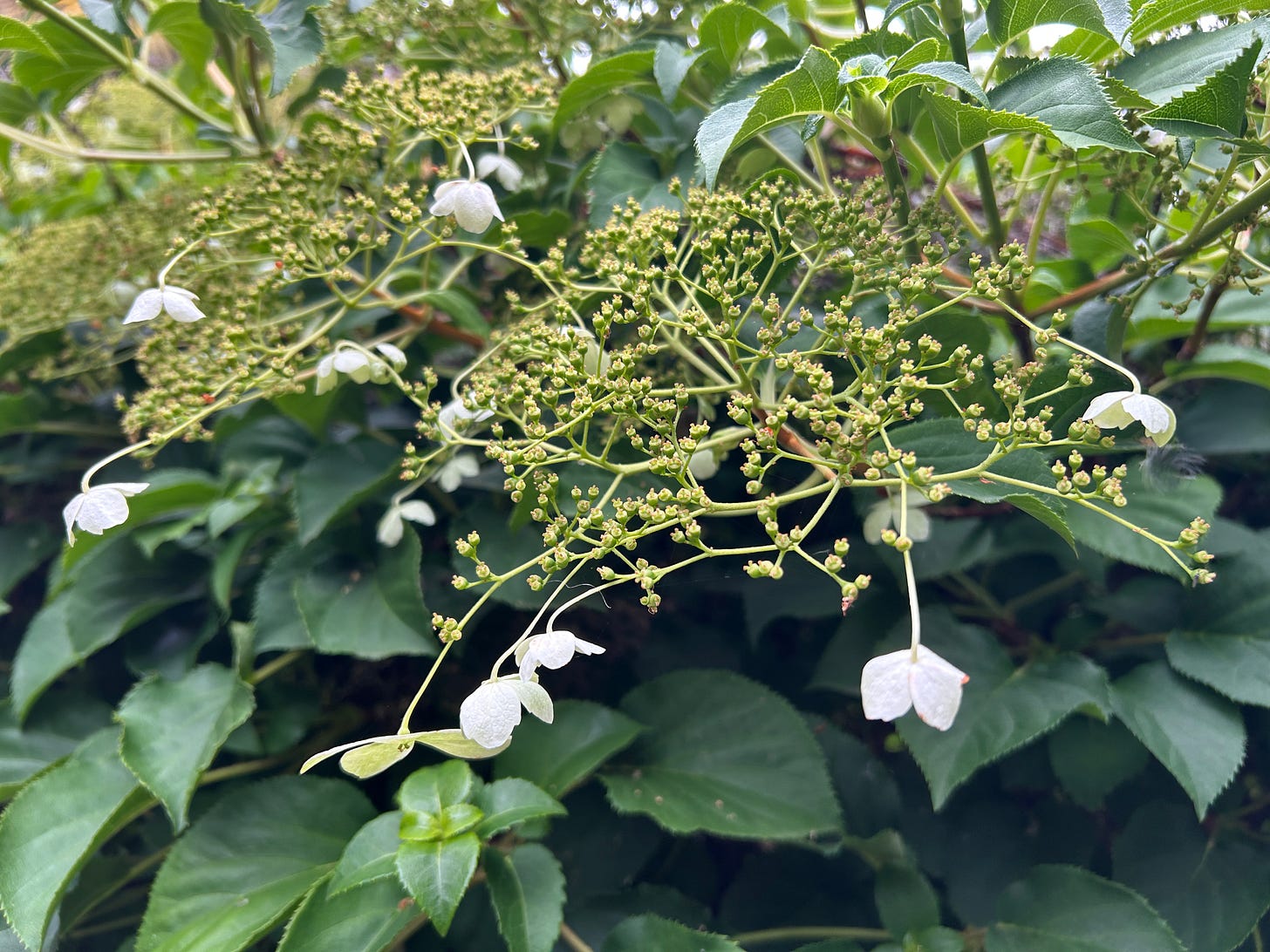

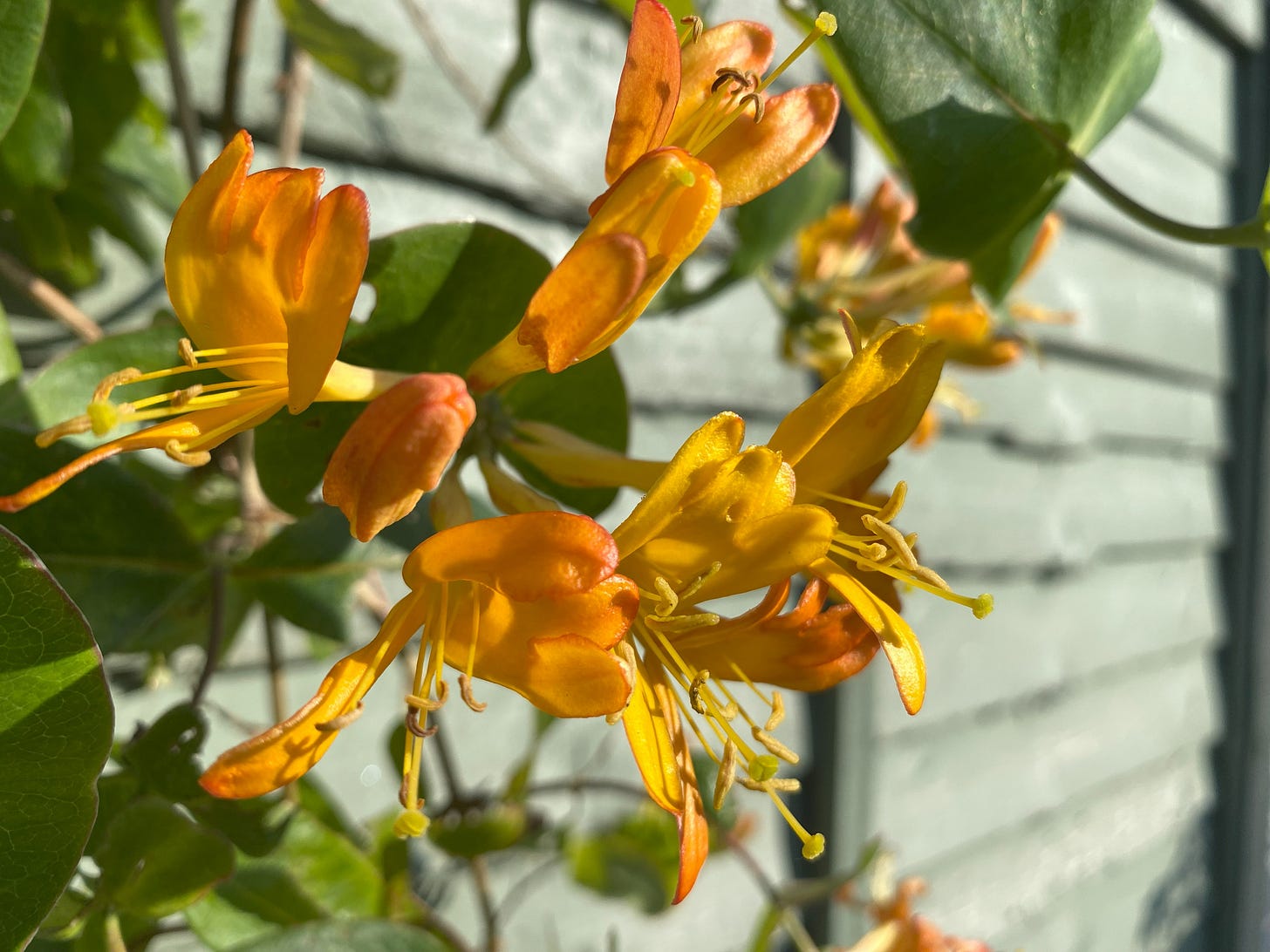
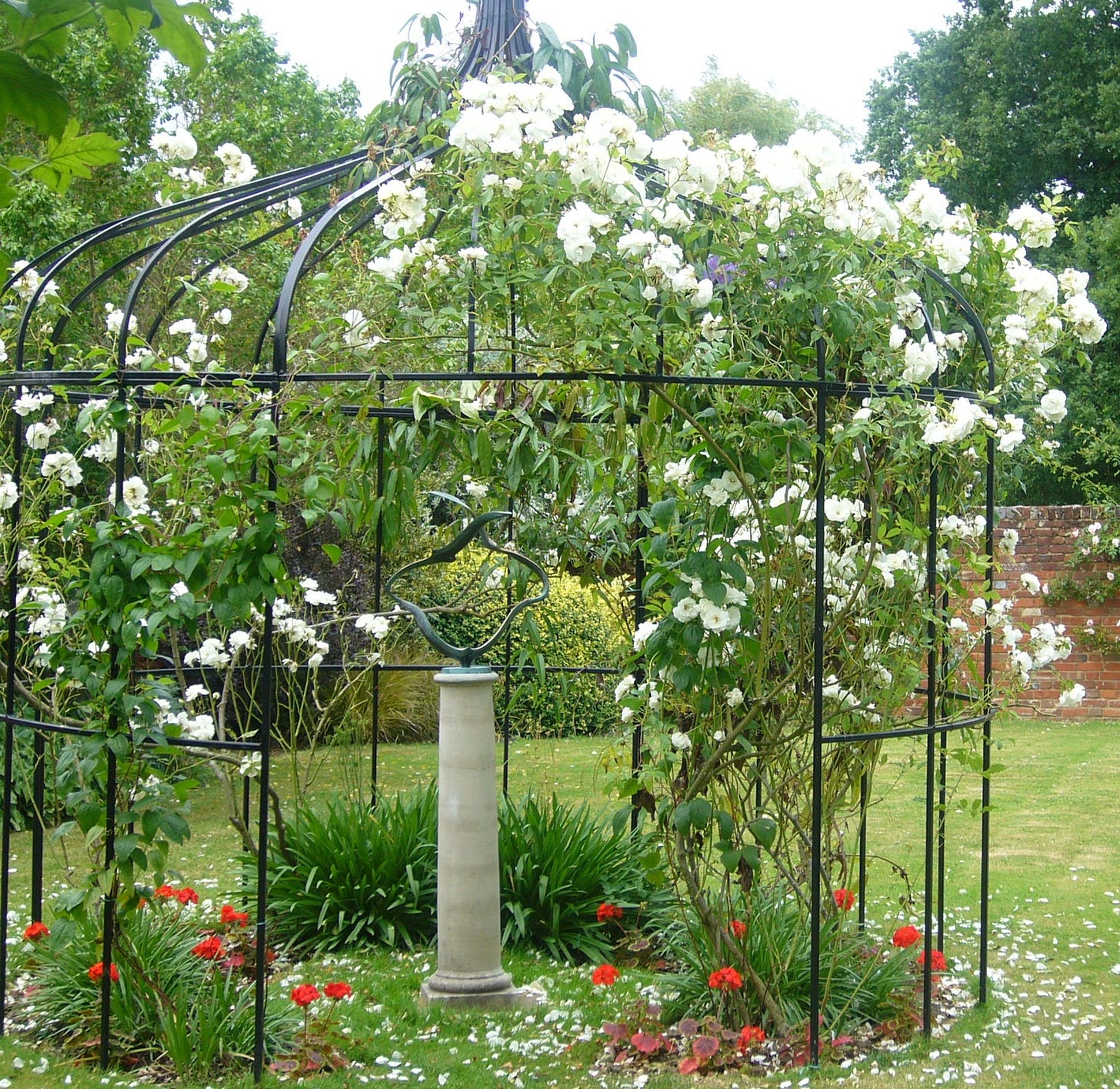
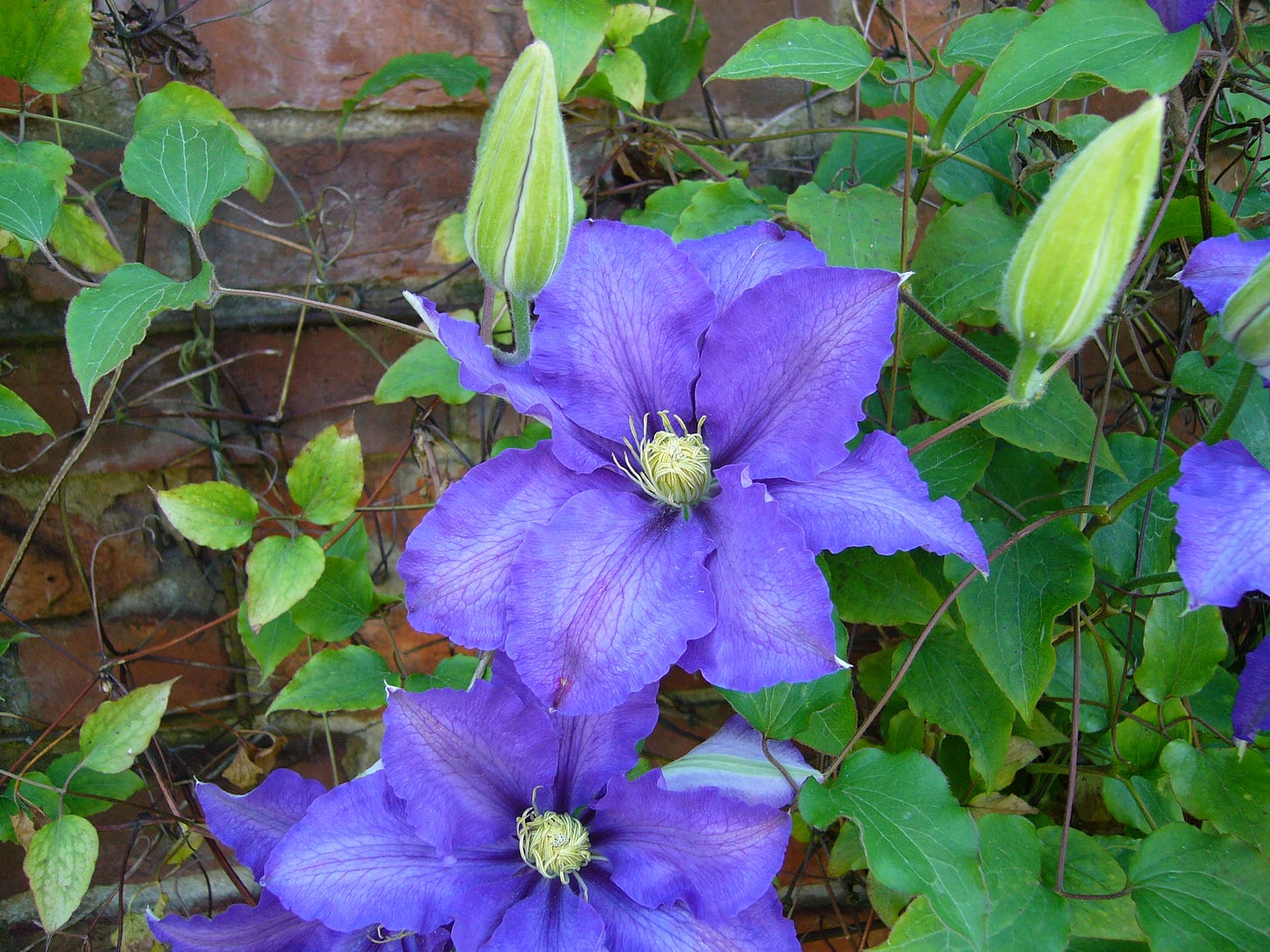
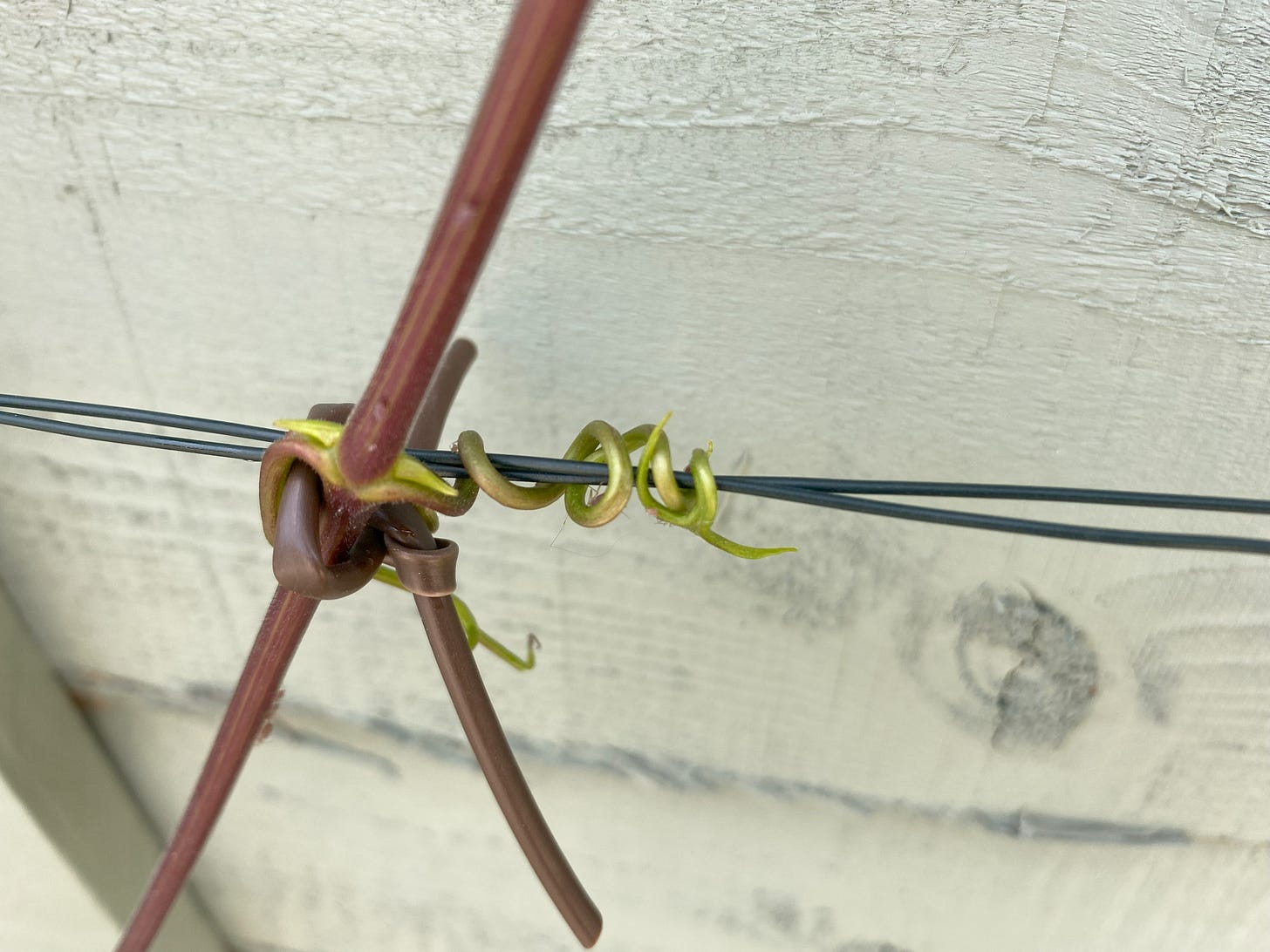
Thanks Stuart , l have a new climbing hydrangea but l now think l should put it in a more suitable spot - but l am worried it will get too big , can you prune them and are they fast growers? Linda
I've always like sweet peas